VMware CIO: We're way ahead of our competitors
Tayloe Stansbury, chief information officer at VMware, explains why the virtualisation firm is leading the pack - including Microsoft.
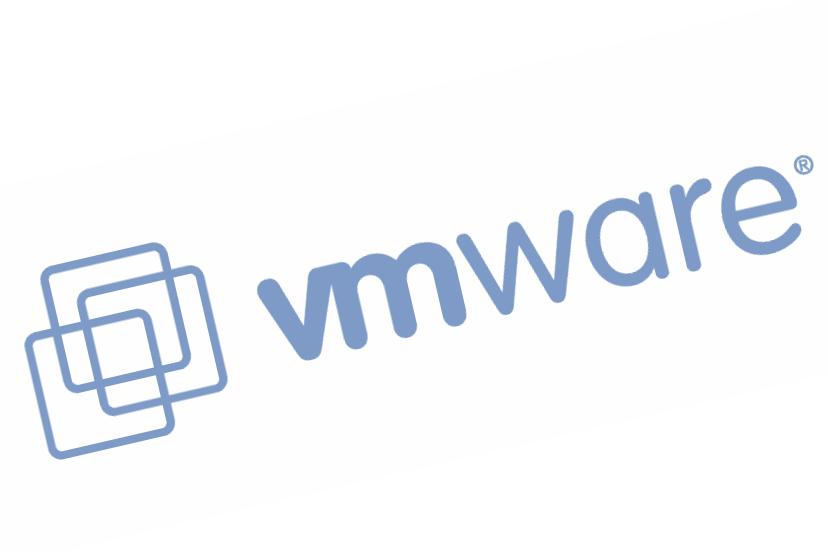
Tayloe Stansbury joined VMware a year ago from software company Ariba, where he was an executive vice president. As chief information officer (CIO) of VMware, Stansbury is responsible for running the vendor's world-wide IT infrastructure, as well as providing a showcase for the company's virtualisation technology.
In his time at the firm so far, VMware has seen both its founding chief executive and its chief scientist leave, and Microsoft enter the market but Stansbury has also driven VMware's own use of virtualisation to 93 per cent of its IT infrastructure.
IT PRO: Virtualisation is a hot topic in IT. It is among the top four or five spending priorities for almost all CIOs at the moment. What do you think is driving that?
Stansbury: There are a lot of things driving interest in virtualisation at the moment. Energy cost is one of them. Hardware server cost is another. Avoiding building out new data centres is another and uptime of systems is the fourth factor.
There's been a big move from the mainframe to client server and from there to PC servers. PC servers have proliferated everywhere, but most PC servers are running at a load level of about 10 per cent, maybe less.
Virtualisation allows you to push the utilisation on a given server much, much closer to 100 per cent. In fact, if a server is being overloaded, we can move that application to another server, without the user knowing. It does allow much greater server utilisation than was available in the PC server market before.
So is the key point to make better use of resources companies have already bought, or planned for?
Get the ITPro daily newsletter
Sign up today and you will receive a free copy of our Future Focus 2025 report - the leading guidance on AI, cybersecurity and other IT challenges as per 700+ senior executives
That's exactly right. Therein come the savings, in hardware purchases in building out data centres, and on energy costs. In fact not only should it be possible not to buy new hardware but to consolidate onto a smaller set of hardware.
We can also automatically power-on or power-off servers as they move towards peak loads. As you can imagine, that took a great deal of R&D, it's a piece of technology none of our competitors have and Microsoft in particular won't have for a couple of years, at least.
You're in your first year as CIO of VMware. What have you learned about running a highly virtualised environment in that time?
One thing is that one need have no fear about virtualising all of the infrastructure that you have. We have successfully virtualised our ERP system, which includes financials and order-to-cash. We have virtualised our communications including our Exchange server, and we are running about 93 per cent virtualised at this point. All of that has been quite successful and has enjoyed higher uptime than we had before.
Are there some critical, preparatory steps you would advise CIOs to take, before virtualising their environments?
The first piece of advice I would give is to just do it. In terms of preparing to do it, some training is a good idea. Systems design is always important. We have a tool called Capacity Planner that will help you with designing your systems.
And, in addition, load-testing tools can be very helpful if you set up a virtual environment with software you intend to run, and run those environments with higher loads than you would expect to see in production. That can be helpful in convincing everyone that the move to virtualisation will be successful, when it happens.
-
 Bigger salaries, more burnout: Is the CISO role in crisis?
Bigger salaries, more burnout: Is the CISO role in crisis?In-depth CISOs are more stressed than ever before – but why is this and what can be done?
By Kate O'Flaherty Published
-
 Cheap cyber crime kits can be bought on the dark web for less than $25
Cheap cyber crime kits can be bought on the dark web for less than $25News Research from NordVPN shows phishing kits are now widely available on the dark web and via messaging apps like Telegram, and are often selling for less than $25.
By Emma Woollacott Published
-
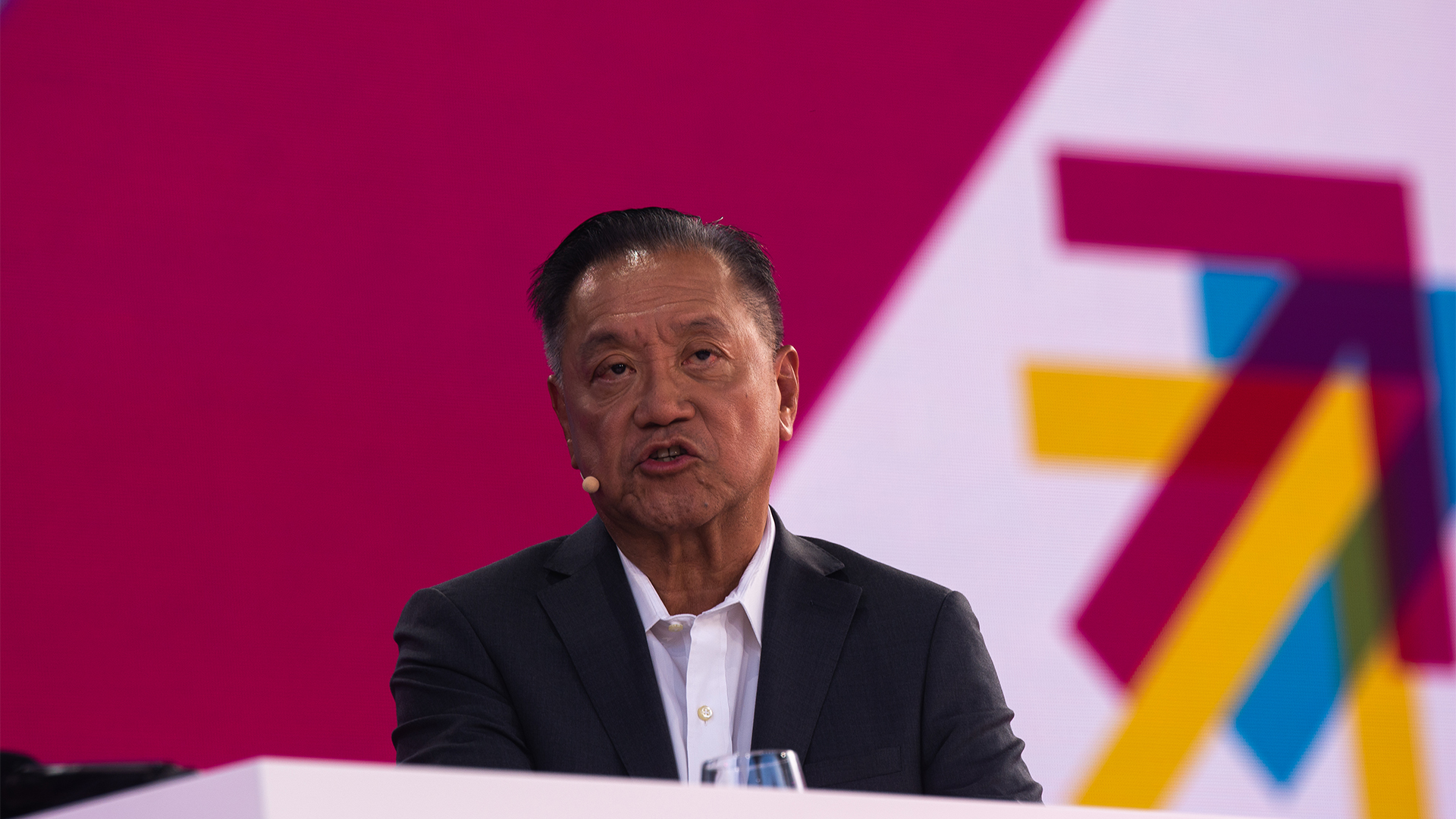 Broadcom records huge growth as CEO Hock Tan hails “successful integration” of VMware
Broadcom records huge growth as CEO Hock Tan hails “successful integration” of VMwareAnalysis The VMware acquisition is finally paying dividends for Broadcom
By George Fitzmaurice Published
-
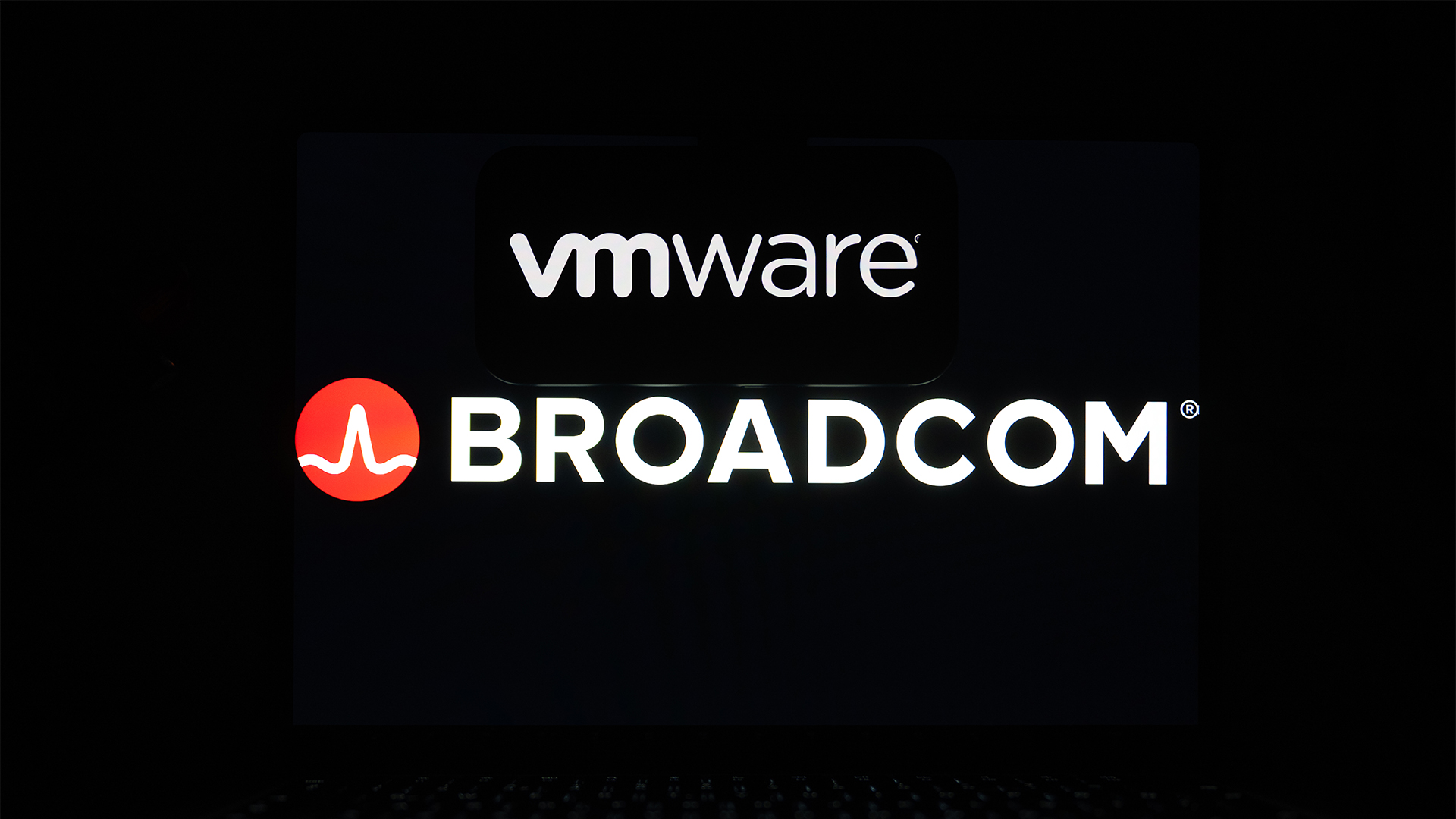 Broadcom EMEA CTO claims the company has been able to solve most of its customer issues following VMware acquisition
Broadcom EMEA CTO claims the company has been able to solve most of its customer issues following VMware acquisitionNews Joe Baguley says the firm has been walking customers through license changes and explaining the value of VMware
By George Fitzmaurice Published
-
 Cloud repatriation may be nipping at hyperscaler market share, but it’s a boon for VMware
Cloud repatriation may be nipping at hyperscaler market share, but it’s a boon for VMwareNews The firm’s private cloud offerings put it in a strong position to aid customers moving workloads out of the public cloud – but repatriation can’t be the only conversation
By George Fitzmaurice Published
-
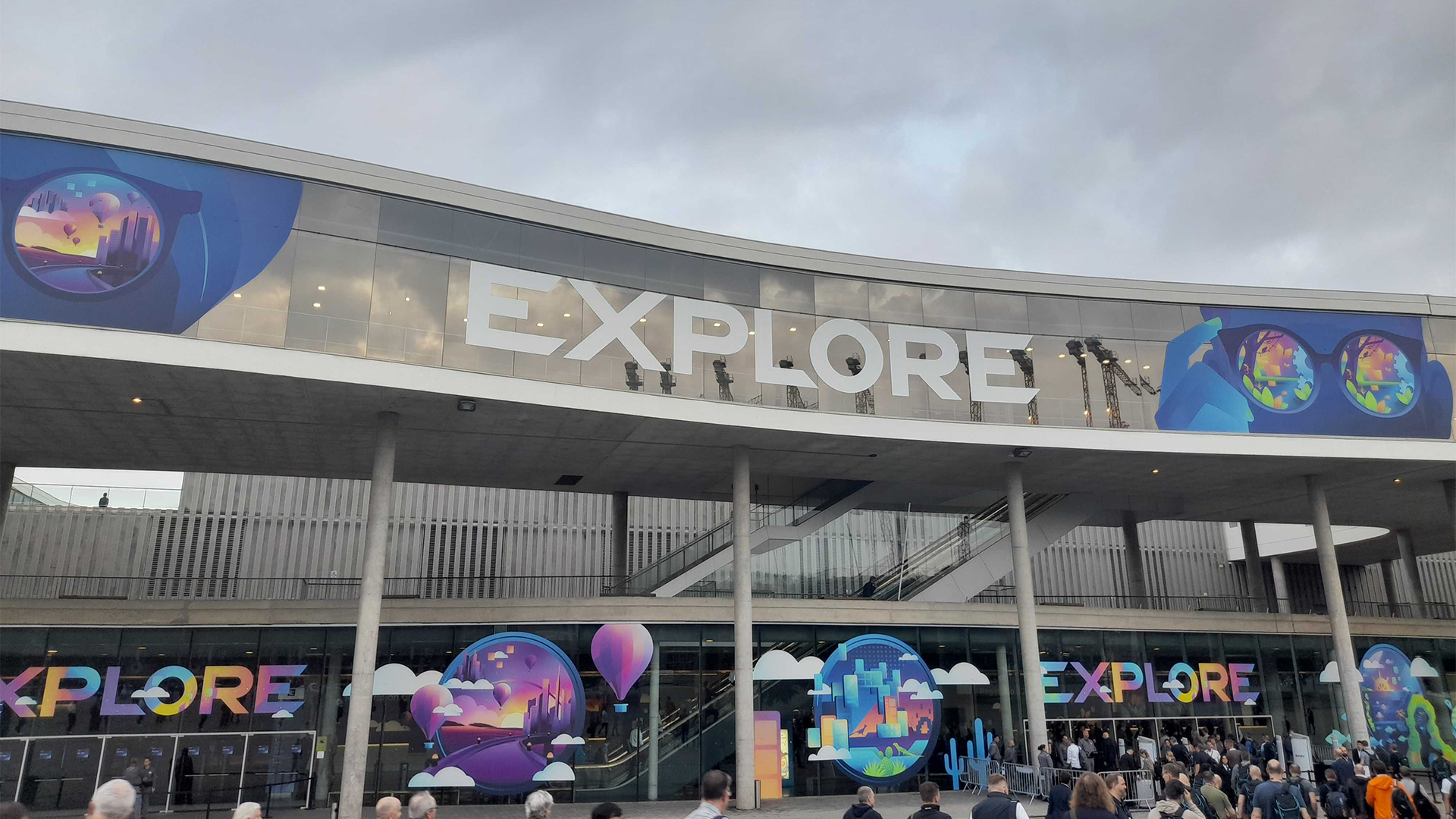 VMware Explore 2024 live: All the news and updates as they happen
VMware Explore 2024 live: All the news and updates as they happenLive Blog ITPro is live on the ground in Barcelona for VMware Explore 2024 – keep tabs on all the news, updates, and announcements in our rolling coverage
By George Fitzmaurice Last updated
-
 Pure Storage announces VM assessment service – and it could please beleaguered VMware customers
Pure Storage announces VM assessment service – and it could please beleaguered VMware customersNews The firm unveiled a new tool for managing VM costs as part of its Pure//Accelerate London 2024 event
By George Fitzmaurice Published
-
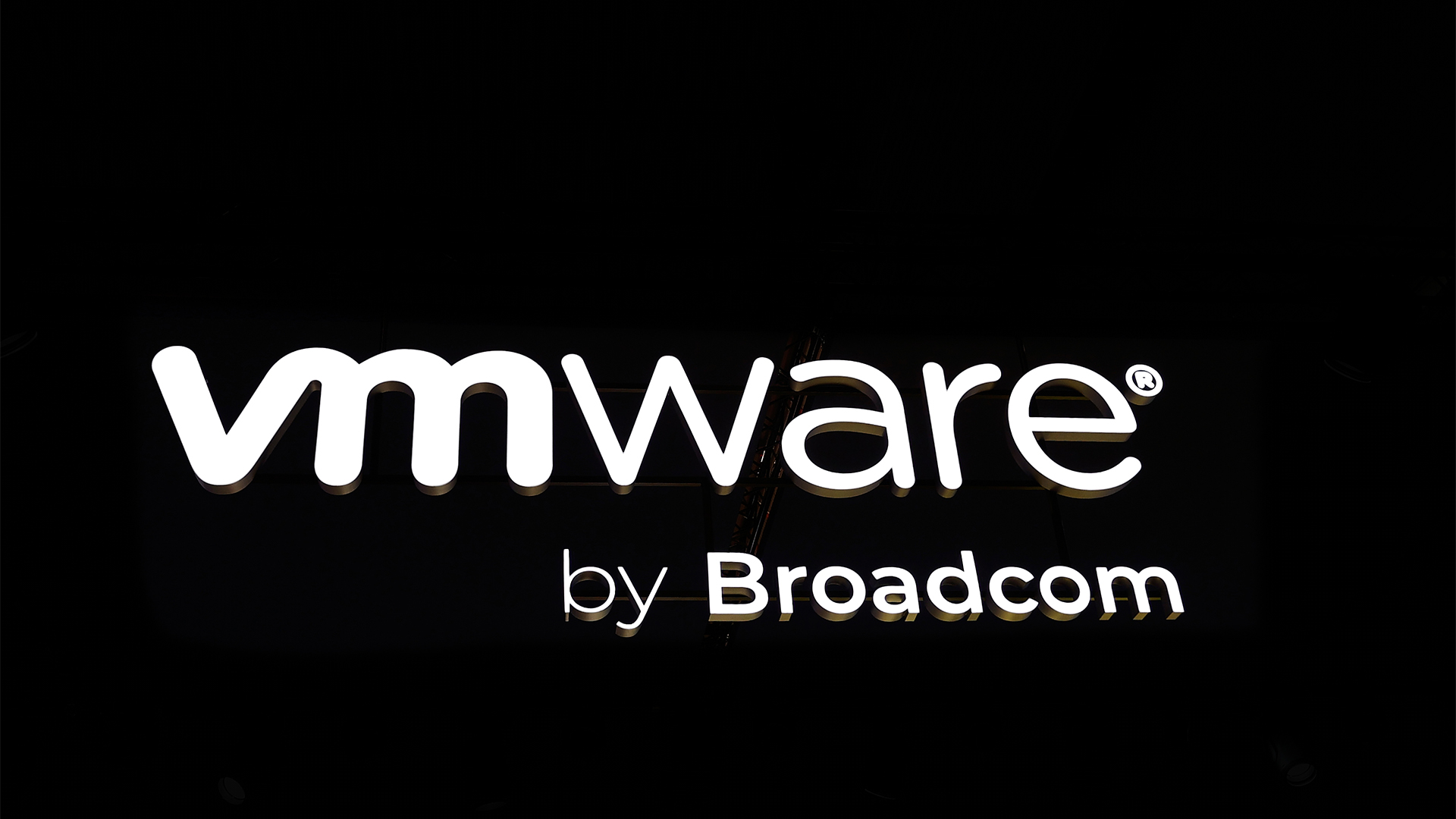 Is a VMware exodus looming? Disgruntled customers are actively seeking alternative providers or exploring open source options in the wake of Broadcom’s acquisition
Is a VMware exodus looming? Disgruntled customers are actively seeking alternative providers or exploring open source options in the wake of Broadcom’s acquisitionNews VMware customers say they are seriously considering alternative providers in light of the turbulence and increasing costs that followed its acquisition by Broadcom
By Solomon Klappholz Last updated
-
 Broadcom wants to unlock private cloud’s potential with VMware Cloud Foundation 9
Broadcom wants to unlock private cloud’s potential with VMware Cloud Foundation 9News An emphasis on simplicity matched with improved customer controls underpins the latest VCF improvements
By Rory Bathgate Published
-
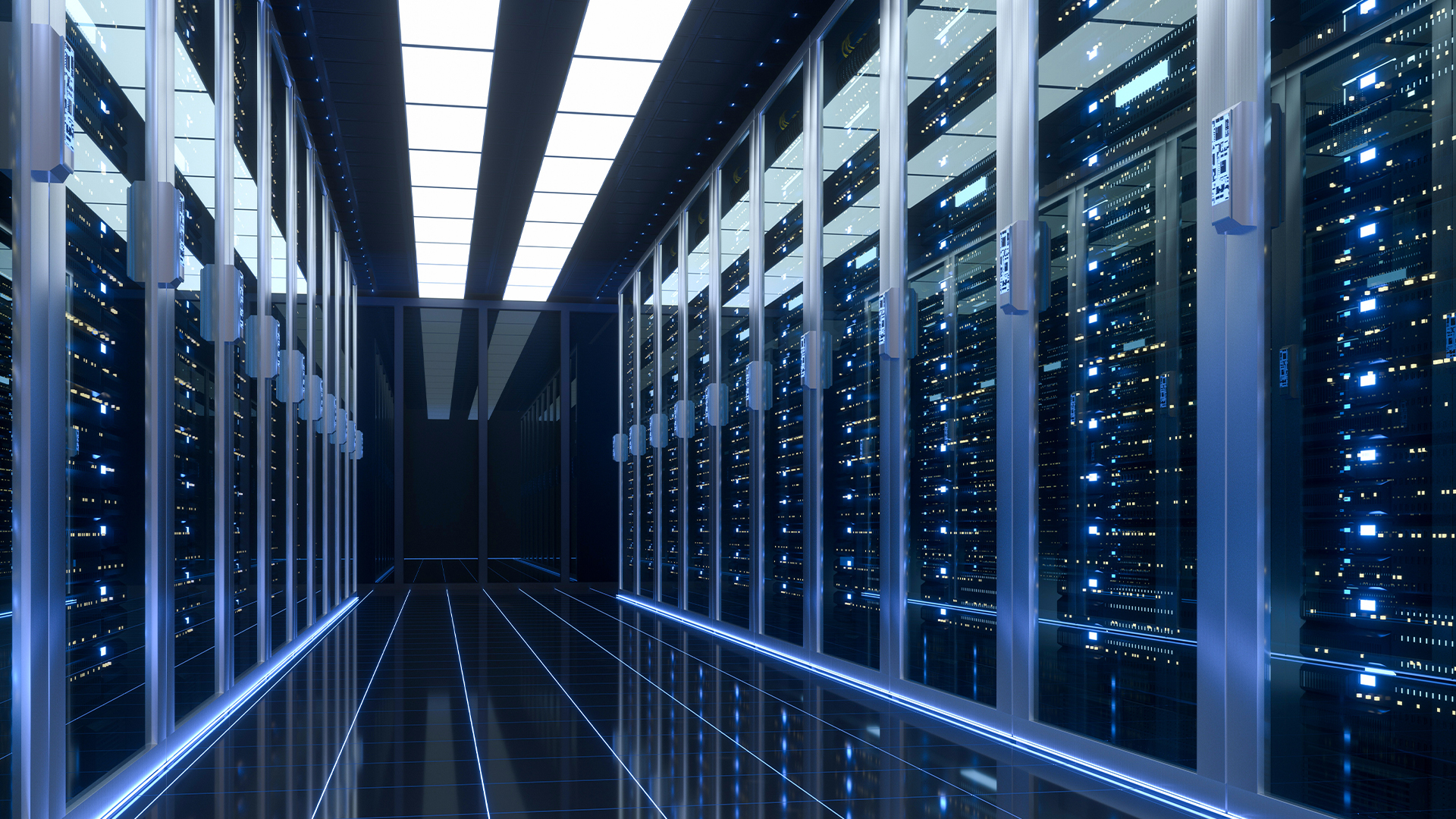 VMware license changes could spark a wave of data center 'devirtualization'
VMware license changes could spark a wave of data center 'devirtualization'News The increased costs associated with Broadcom’s VMware acquisition is one of the key drivers behind this predicted shift
By George Fitzmaurice Published